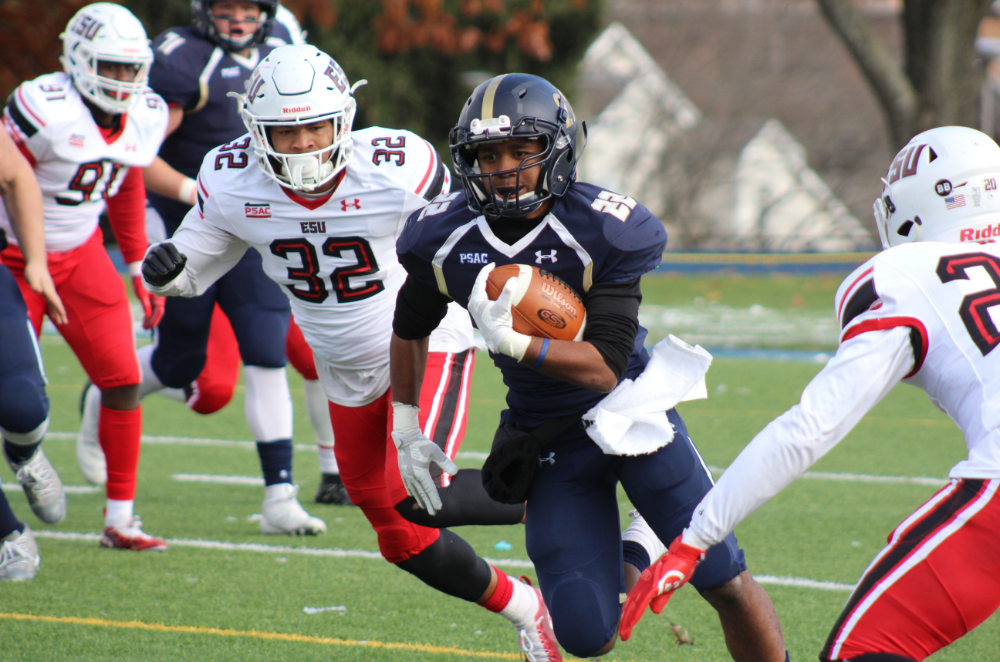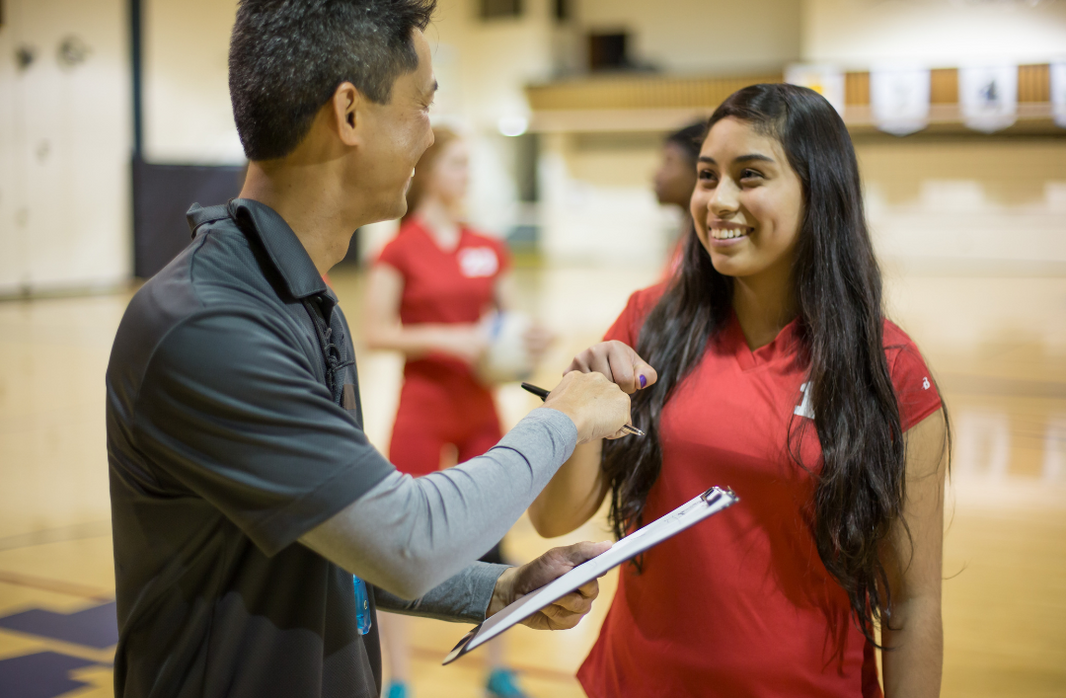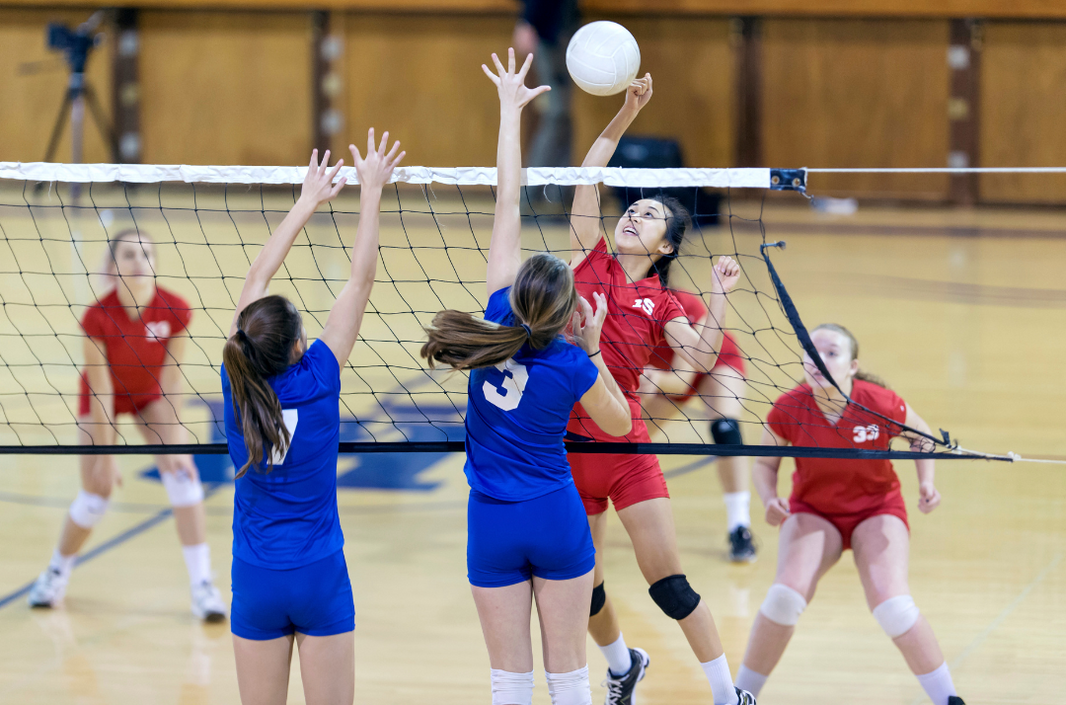Motivation and discipline are key drivers behind successful teams. As a coach, your ability to inspire and guide your athletes can make all the difference in performance, both on and off the field. While talent is important, the teams that excel are the ones that combine motivation and disciplined effort. Here are five effective ways coaches can cultivate these qualities in their athletes.
1. Set Clear, Achievable Goals
One of the most powerful ways to motivate athletes is by setting clear, realistic goals. When athletes have specific, measurable targets, they’re more likely to stay focused and disciplined. Goals should be both individual and team-oriented. This provides personal accountability while fostering a sense of unity. Break larger objectives down into daily or weekly milestones, and celebrate progress to keep motivation high.
Pro Tip: Utilize the Sports Hawgs Game Day Stats Journal to help athletes track their personal progress and performance. These journals allow athletes to set goals, track game stats, and reflect on their performance—keeping them motivated throughout the season.
2. Create a Culture of Accountability
Discipline thrives in an environment where accountability is emphasized. Coaches should consistently reinforce that every athlete is responsible not only for their performance but also for their attitude, effort, and commitment to the team. Hold regular one-on-one meetings with your athletes to discuss their strengths, areas for improvement, and how they can be more accountable to the team's success.
Idea: Have each player set personal commitments at the start of the season and use the Sports Hawgs Game Day Stats Journal to review these commitments regularly.
3. Instill a Growth Mindset
Motivation wanes when athletes feel they have hit a wall in their progress. Teaching athletes to adopt a growth mindset—the belief that abilities can be developed through dedication and effort—can foster resilience. By praising effort, learning from mistakes, and encouraging athletes to focus on improvement rather than perfection, you can create a team culture where athletes stay disciplined and motivated, even in the face of challenges.
Action Step: Share stories of athletes who overcame obstacles by persevering and working on their craft. Encourage them to reflect on their own growth in their journals after each game or practice.
4. Develop Consistent Routines
Consistency builds discipline. Establishing daily routines for practices, training, and even pre-game rituals helps athletes stay on track. When athletes know what’s expected of them and have a rhythm to follow, it becomes easier for them to remain disciplined. Encourage athletes to adopt personal routines that foster mental and physical readiness, from journaling their goals to incorporating mindfulness exercises before big games.
Suggestion: Incorporate a team warm-up routine that includes not just physical drills, but also mental preparation techniques, such as journaling in the Sports Hawgs Game Day Stats Journal.
5. Create Healthy Competition
Healthy competition within the team can fuel motivation. Encourage athletes to push each other to improve by setting up internal challenges, friendly rivalries, or competitions during practice. By creating an environment where athletes compete to bring out the best in one another—rather than tearing each other down—you can inspire both motivation and discipline.
Idea: Use drills or scrimmages that pit small groups of athletes against each other, focusing on both skill development and mental toughness. Keep track of progress in the Game Day Stats Journals to provide objective feedback and further motivate the team.
Conclusion
Coaches have the power to shape the mindset, motivation, and discipline of their athletes. By setting clear goals, fostering accountability, instilling a growth mindset, establishing consistent routines, and encouraging healthy competition, you can create a team culture that not only performs at its best but is driven to improve every day. Tools like the Sports Hawgs Game Day Stats Journal can play a vital role in this process, helping athletes set goals, track their performance, and stay disciplined throughout the season. Remember, the habits athletes develop under your leadership will impact not only their athletic careers but also their lives beyond the sport.








